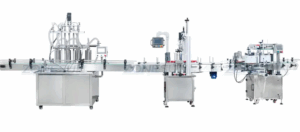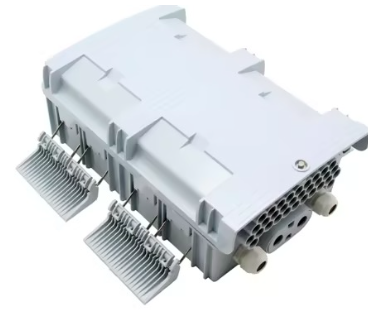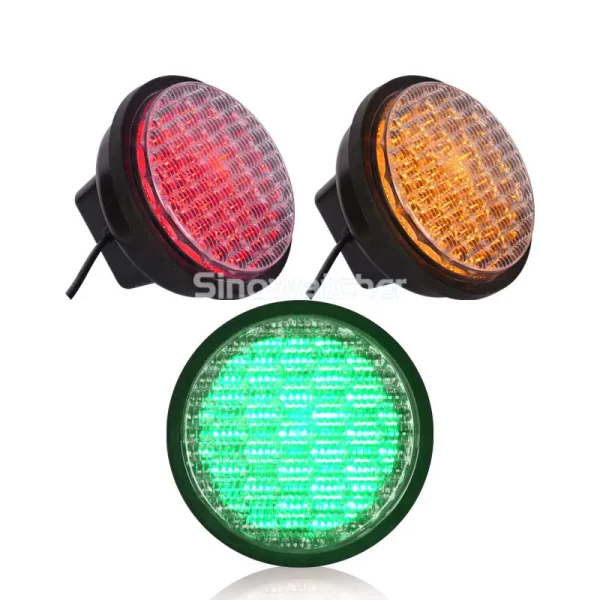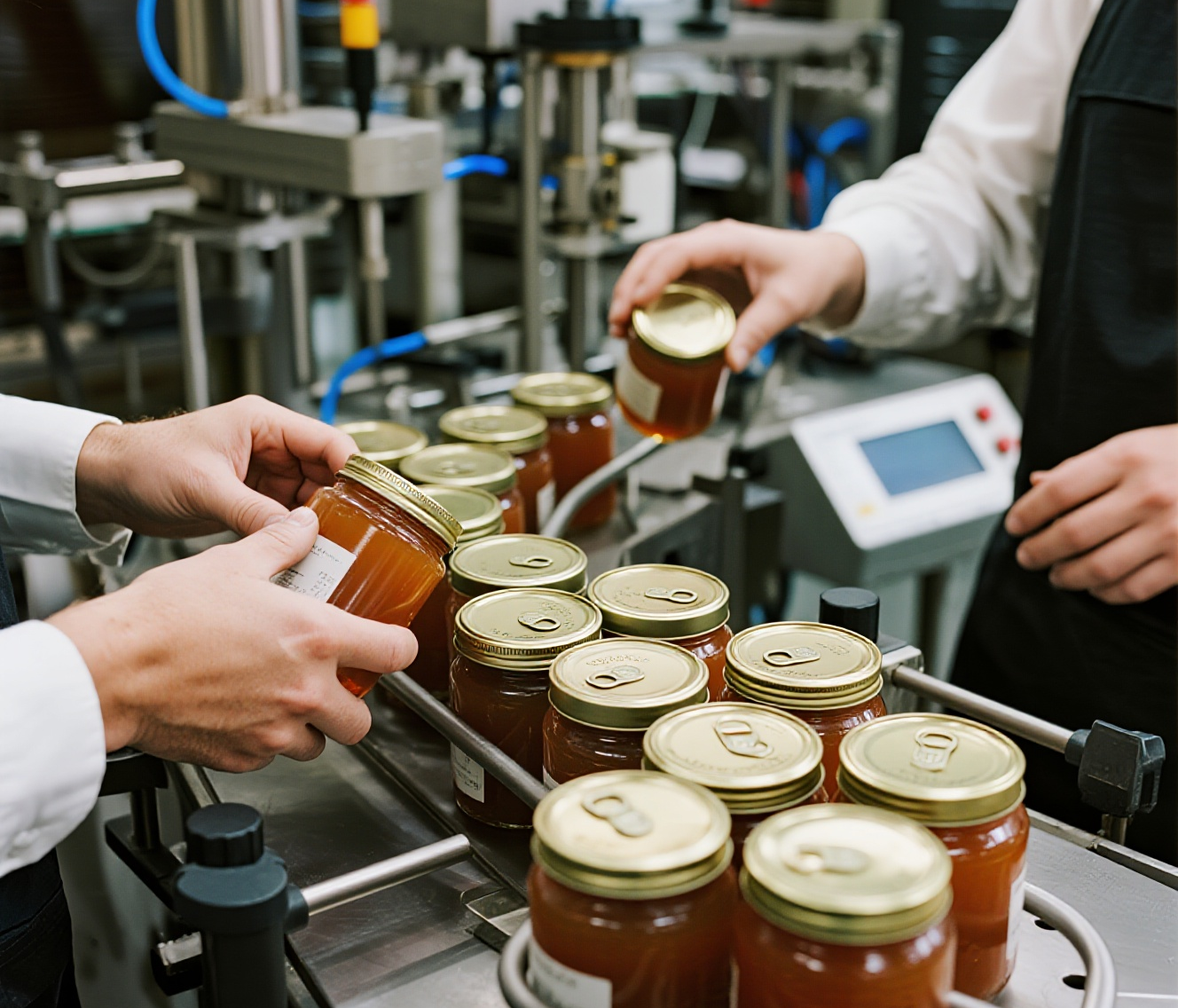目录
In fast-moving production environments, top and bottom labeling machines have become critical tools for ensuring precise dual-sided labeling. These systems apply labels simultaneously to both the top and bottom surfaces of products, streamlining workflows and enhancing accuracy. Modern designs accommodate diverse packaging types, from lightweight food trays to pharmaceutical cartons, while maintaining high speeds and minimal error rates.
How Top and Bottom Labeling Machines Improve Production Efficiency
A top and bottom labeling machine integrates synchronized upper and lower applicators mounted on a conveyor system. This setup ensures both labels are applied in a single pass, which can increase labeling throughput by up to 50% compared to single-sided systems. Typical machines operate at conveyor speeds ranging from 10 to 60 meters per minute and achieve placement accuracy within ±0.5 mm, even on irregularly shaped items.
These machines are capable of processing a wide range of product dimensions. For example, they can handle items as small as 30×30 mm up to packages 300 mm wide. Advanced stabilization features, like vacuum conveyors or alignment rails, keep lightweight products steady at line speeds exceeding 100 units per minute, reducing misalignment issues that often occur in high-speed operations.
Key Features of Top and Bottom Labeling Machines
Modern top and bottom labeling machines are equipped with advanced features that improve operational reliability and flexibility. Servo-driven applicators allow precise control of label placement force and speed, accommodating a variety of label materials, including paper, polypropylene, and transparent films. Sensors detect both opaque and translucent labels, ensuring consistent performance across different product types.

Touchscreen HMIs with memory for multiple product profiles simplify changeovers between batches, reducing downtime to under 5 minutes. Integrated quality control systems, such as vision cameras and reject stations, enable real-time inspection and automatic removal of misapplied labels, helping manufacturers maintain defect rates below 0.3%. Energy-saving modes and noise levels under 70 dB make these machines suitable for use in cleanroom or noise-sensitive environments.
Industry Applications of Top and Bottom Labeling Machines
The versatility of top and bottom labeling machines makes them indispensable across various industries.
In the food and beverage sector, they are used for clamshell containers, PET bottles, and trays, applying nutrition labels and batch codes at speeds of 80–120 units per minute. In pharmaceutical production, dual-sided labeling supports compliance with global regulations like FDA 21 CFR and EU MDR by ensuring traceability and tamper-evident labeling.
Electronics manufacturers use them for flat-pack PCBs and component boxes where precise placement is critical, often requiring tolerances within ±0.3 mm. Cosmetic and personal care companies value these machines for premium packaging, where branding aesthetics demand perfect alignment of top and bottom labels on glossy or irregular surfaces.
Advantages of Using Top and Bottom Labeling Machines
Implementing top and bottom labeling machines offers significant advantages. First, their dual-sided application in a single run reduces the need for manual intervention, cutting labor costs and minimizing handling damage. Second, their modular construction supports integration into existing production lines, enabling manufacturers to scale capacity without extensive infrastructure changes.
Additionally, these systems support sustainability goals by minimizing label waste. Precise applicators reduce misalignment and over-application, while eco-friendly models consume 20% less energy thanks to servo motors and smart standby modes. As demand for high-volume and high-mix production grows, these machines deliver the flexibility needed to handle frequent product changes and shorter production runs.
Conclusion: A Smart Investment for High-Volume Production
Top and bottom labeling machines represent a strategic investment for manufacturers seeking to boost production efficiency and meet stringent quality requirements. Their ability to handle diverse product types, maintain sub-millimeter accuracy, and support throughput of up to 15,000 units per shift makes them indispensable for industries ranging from food to electronics.
By adopting these systems, manufacturers can achieve faster time-to-market, better traceability, and enhanced packaging aesthetics—all while reducing operational costs. As packaging trends evolve toward greater customization and compliance, these machines provide the robust, scalable solution modern production demands.
0









